2024-11-12 08:59
Lufthansa Group Reports an Operating Profit of 1.3Billion Euros for The Third Quarter
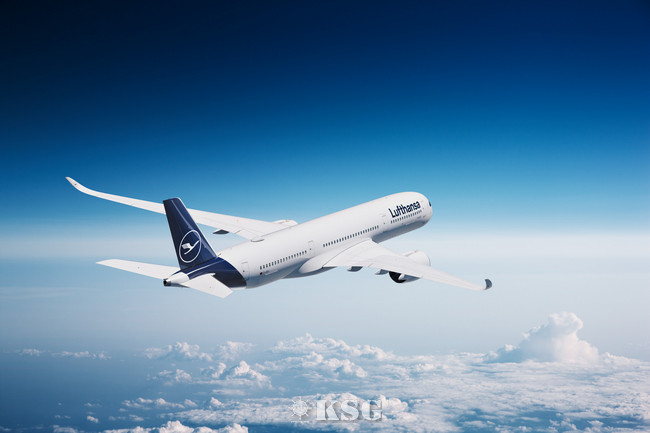
The Group increased its revenue by five percent year-on-year to 10.7 billion euros (previous year: 10.3 billion euros) in the third quarter due to the higher number of flights and the revenue growth at Lufthansa Technik. This was the strongest quarter in terms of revenue in the history of the Lufthansa Group. The Group generated an operating profit (Adjusted EBIT) of 1.3 billion euros (previous year: 1.5 billion euros), resulting in an operating margin of 12.5 percent (previous year: 14.3 percent). The year-on-year decline was due to significant cost increases, particularly in fees, MRO expenses and personnel. Net profit fell to 1.1 billion euros (previous year: 1.2 billion euros).
The Lufthansa Group airlines welcomed more than 40 million guests on board their aircraft in the third quarter, an increase of six percent over the previous year. At 94 percent of available capacity (prior-year period: 88 percent), the seat load factor rose to 87 percent in the third quarter (previous year: 86 percent). In terms of the seat load factor, August was the strongest month in the company's history, with a load factor of 88 percent.
Due to the industry-wide capacity growth, average yields fell by 3.5 percent compared to the previous year, although the development in the various traffic regions was mixed: While average yields in continental traffic in the third quarter remained almost at the previous year's level (-0.4 percent), they fell significantly by 14 percent in the Asia/Pacific region. Due to the improved passenger load factor, the decline in unit revenues (RASK) was less pronounced at minus 2.7 percent. Unit costs increased by 4.5 percent compared to the previous year due to higher fees, as well as higher material and personnel costs.
Overall, the Group's passenger airlines generated an Adjusted EBIT of 1.2 billion euros in the third quarter (previous year: 1.4 billion euros). The decline in the operating profit of the passenger airlines is mainly driven by the 234 million euros decline in the result of Lufthansa Airlines. Delays in the delivery of new aircraft and the associated need to continue operating older aircraft, increased location costs, higher staff costs and expenses for compensation payments following flight irregularities had an above-average impact on the result of Lufthansa Airlines.
< Korea Shipping Gazette >
많이 본 기사
- 5년內 컨선 830만TEU 쏟아진다…中조선 72%·韓조선 22% 수주기획/ HMM, 선복량 100만TEU 고지 보인다중남미항로/ 동안운임 9개월만에 5000弗 밑돌아호주항로/ 잔치 끝났다…중국발 운임 전월比 30%↓아프리카항로/ 새해에도 운임 약세 지속…동안행 전월比 27% ↓獨 하파크로이트, 덴마크 머스크와 아시아역내항로 6편 신설구주항로/ 운임 새해들어 한풀 꺾여…물류병목현상 완화북미항로/ ‘밀어내기 수요 조기 종료’ 서안운임 5000弗 문턱서 반락HMM, 日 ONE과 손잡고 부산-남미동안 컨테이너항로 강화지엘에스코리아, ‘물동량 증대 기여’ 서울본부세관장 표창 수상
- HMM, 印 바드반항 개발 돕는다…통합물류사업 강화 포석HMM “1년내 2.5兆 이상 주주환원 실시”…기업가치 제고계획 발표KSS해운, 지난해 영업이익 1000억 돌파양재생 은산해운항공 회장, 설 명절 맞아 지역사회에 따뜻한 기부유영종 오리엔트스타로직스 회장, 해운물류 인재양성 공로 감사패 받아BDI 824포인트…全 선형서 성약 활동 감소로 부진 지속중소조선연구원, 복합소재 구조물 체결기술 기술이전정기선 HD현대 수석부회장, 세계경제포럼서 에너지분야 협력방안 논의인사/ 한국해운협회로지스올엔지니어링, 카덱스코리아와 창고 자동화 협력
스케줄 많이 검색한 항구





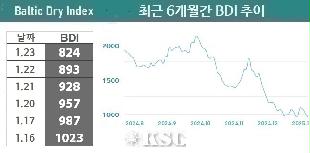
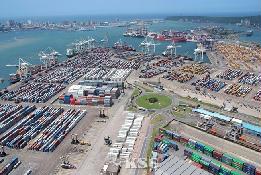





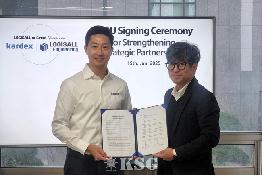
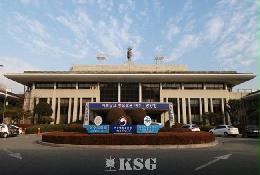
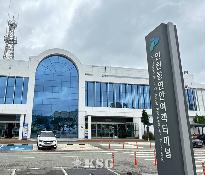
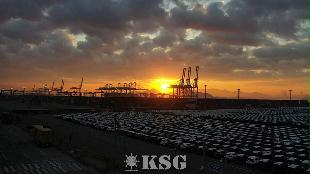



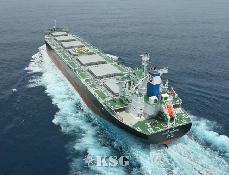


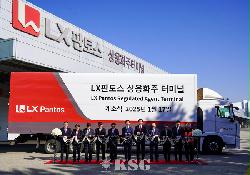

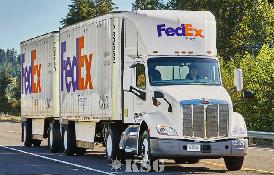
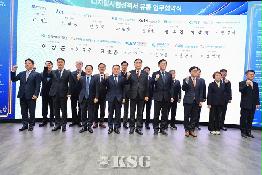


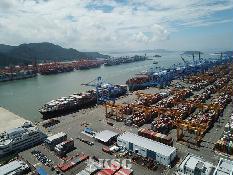



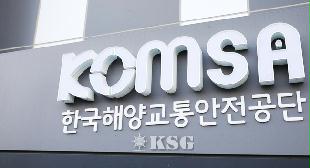








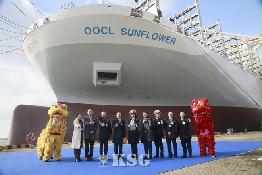
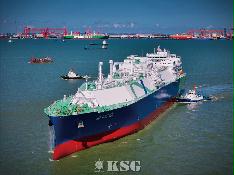
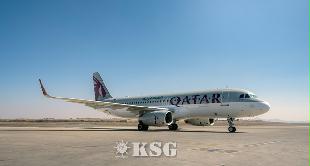





















0/250
확인